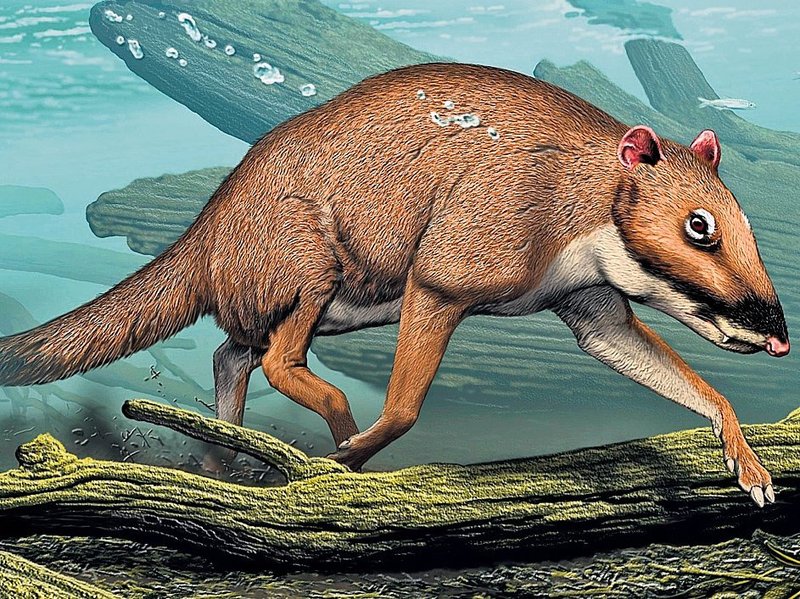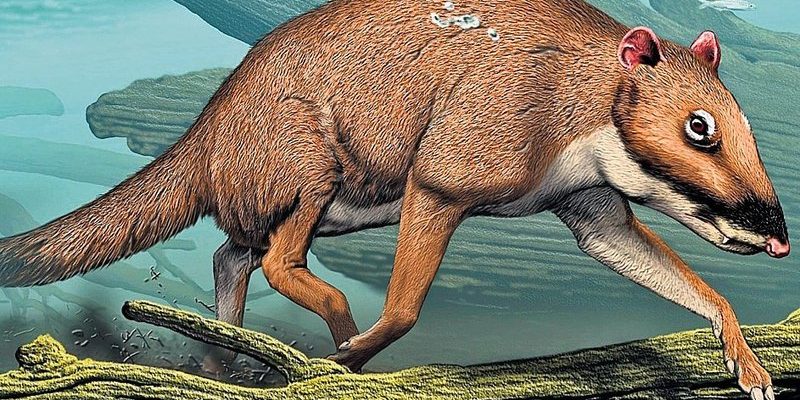
Picture this: forest canopies filled with lush greenery, where the mouse deer shyly roams, often hiding among thick underbrush. Their small size (about the size of a house cat) allows them to sneak through the dense foliage, making them less noticeable to predators. Just imagine the evolution of such a creature, shaped by its surroundings and challenges. The history of the mouse deer is filled with adaptations, survival strategies, and a quest for balance in its ecosystem.
What Are Mouse Deer?
Mouse deer, or chevrotains, belong to the family Tragulidae and are found in parts of Southeast Asia, Africa, and India. They’re unlike any other deer you might envision. Typically, they weigh between 10-30 pounds and have a rather slender physique. Their large eyes and ears help them stay alert to any dangers lurking nearby, while their short legs are surprisingly nimble.
Did you know that mouse deer don’t have antlers like other deer? Instead, males have small tusks that can be used for defense. This feature sets them apart in the deer family. Their small stature and unique characteristics make them quite special. Here’s the thing: they have been around for millions of years, and their evolution reflects a remarkable journey through time.
Origins of the Mouse Deer
Mouse deer trace their origins back to around 30 million years ago during the Eocene epoch. This period was crucial for mammals, as many species were starting to diversify. The ancestors of mouse deer likely evolved from a group of mammals called artiodactyls, which includes even-toed ungulates like pigs and hippos.
During the Eocene, changes in climate and vegetation created new habitats, allowing the mouse deer’s ancestors to adapt to various environments. Over time, these adaptations led to their unique size and appearance. Isn’t it fascinating how the changing world can shape a species?
By the time the Miocene epoch rolled around (about 23 million years ago), mouse deer were already making their mark in diverse ecosystems. With the rise of grasslands and forests, these little critters became adept at navigating their surroundings, showcasing their incredible evolutionary skills.
Adaptations for Survival
One of the mouse deer’s most significant adaptations is its size. Being small allows them to evade larger predators. They often rely on stealth and camouflage, blending seamlessly with their surroundings. If you’ve ever tried to find a hidden object in a cluttered room, you know how easy it is to miss things that are well camouflaged.
Additionally, mouse deer have developed a keen ability to feed on a variety of vegetation. Their diet mainly consists of leaves, fruits, and flowers, but they can adapt to what’s available. They’re like nature’s little foragers, able to thrive in different habitats without being too picky.
Interestingly, mouse deer are also nocturnal. They prefer to be most active during the cooler hours of dawn and dusk, which reduces their chances of being spotted by predators. This clever strategy highlights another layer of their adaptability, ensuring their survival in the wild.
Distribution and Habitats
Mouse deer can be found across various regions, primarily in Southeast Asia and Southern Asia, including countries like Vietnam, Malaysia, and India. Their habitats range from dense jungles to grasslands, showing how adaptable these creatures can be.
In these environments, they often seek out areas with plenty of cover, such as dense shrubs or thick undergrowth. This not only provides them with food but also a safe haven from predators. Imagine living in a place where every bush could be a potential hiding spot! That’s exactly how mouse deer navigate their world.
Their ability to thrive in different habitats is a testament to their evolutionary success. However, habitat loss due to deforestation and human encroachment poses significant threats to their populations. Protecting their natural environments is crucial for ensuring their future.
Reproduction and Social Behavior
Mouse deer have a unique mating system. Mating typically occurs during the rainy season, which is when food is abundant. Males perform elaborate displays to attract females, showcasing their tusks in a display of strength and virility.
Once a pair mates, the female typically gives birth to a single fawn after a gestation period of around seven months. These fawns are born with spots, helping them blend into the forest floor, and they remain hidden while their mother forages for food. It’s a classic case of protective parenting—keeping the little ones safe until they’re old enough to roam.
In terms of social behavior, mouse deer are mostly solitary creatures. They prefer to live alone or in small groups, which helps them reduce competition for food and decrease the risk of attracting predators. However, during mating season, they become more social, allowing them to interact for those critical reproductive moments.
The Role of Mouse Deer in Ecosystems
Every species plays a role in its ecosystem, and mouse deer are no exception. Their feeding habits help in seed dispersal, contributing to plant diversity. When they munch on fruits and then wander away, they inadvertently spread seeds through their droppings. This process helps plants grow in new areas, promoting a healthy ecosystem.
Additionally, mouse deer serve as prey for larger carnivores, which is essential for maintaining the balance of the food chain. By being part of this interconnected web of life, they help support various species, from plants to predators.
Their ecological role emphasizes the importance of every creature, no matter how small. Losing mouse deer would create imbalances in their habitats, affecting many other species that rely on them.
Conservation Status and Efforts
Sadly, mouse deer face threats from habitat loss, hunting, and poaching. Deforestation for agriculture and urban development has led to a decline in their populations. Many species of mouse deer are classified as vulnerable or endangered, prompting conservation efforts to protect their habitats.
Organizations and local governments are working together to create wildlife reserves and protected areas to safeguard these unique animals. Community awareness programs are also crucial in educating people about the importance of mouse deer and their role in ecosystems.
You might be wondering how you can help. Supporting conservation organizations, spreading awareness, or even visiting protected areas can be great ways to contribute. Every little bit counts when it comes to protecting our planet’s biodiversity.
In conclusion, the evolutionary history of mouse deer illustrates the dynamic and interconnected world of nature. From their ancient origins to their crucial roles in ecosystems, these little deer remind us of the wonders of evolution and the importance of protecting the wildlife that shares our planet. By understanding their story, we can better appreciate these fascinating creatures and the delicate balance they help maintain.

